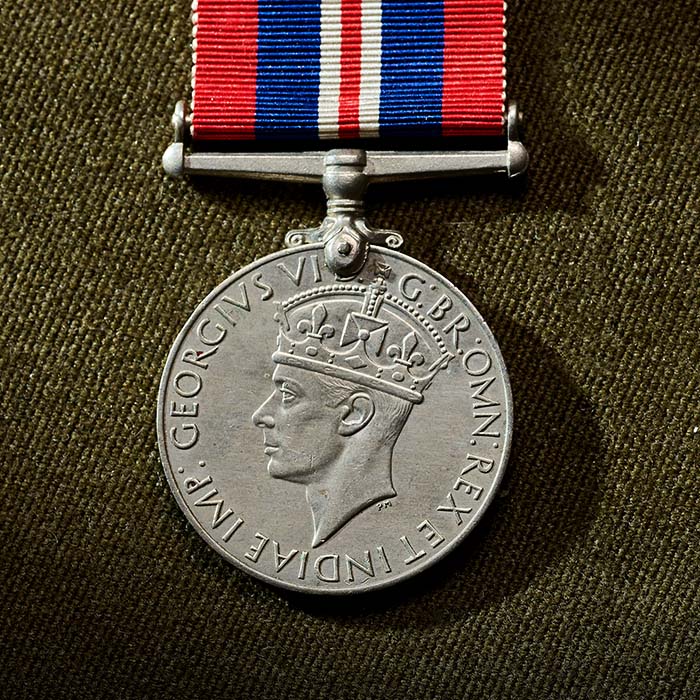
At the start of the Second World War, conscription was required to bolster the numbers in the comparatively small British army.
Conscription applied to able men between 18 and 41 except for those in reserved occupations deemed essential to the war effort.
Exemptions applied to professionals like doctors and teachers, along with industrial workers such as miners and steelworkers, whilst conscientious objectors were required to plead each of their cases at a tribunal.

The daily pay of a Private in the British army at the time of the Second World War was two shillings.
Soldiers spent their pay on food and drink, toiletries, clothing, books, cigarettes and entertainment, such as trips to the cinema.
Price controls necessitated more small change, restoring demand for Britain’s smallest and least valuable coin, the farthing, which was worth just a quarter of a pre-decimal penny.


During 1940, Allied troops were evacuated from Dunkirk, fighter planes fought for air supremacy during the Battle of Britain, and the ‘Blitz’ bombing campaign began.
These events led to the formation of the Commandos, as well as a volunteer defence force known as the Home Guard, which comprised people ineligible for military service.
During the Second World War, The Royal Mint made many of the medals awarded to people in the military as well as civilians who had helped with the war effort.

Members of the Armed Forces and Merchant Navy with at least 28 days’ service between 3 September 1939 and 2 September 1945 were eligible for the War Medal in recognition of their contributions to the war effort; foreign citizens who served with British Forces, and did not receive a similar award from their own government, also qualified.
The obverse of the War Medal shows a crowned portrait of George VI by Percy Metcalfe. The reverse design by Edward Carter Preston shows a lion standing on the body of a two-headed dragon, one of which is the head of an eagle and the other the head of a dragon that together represent Britain’s principal enemies during the conflict.









